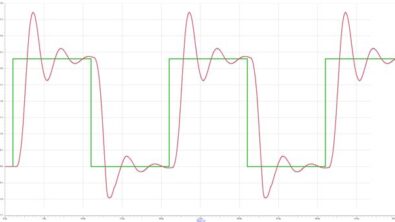Impedance
Impedance is an important concept in many different realms of engineering.
We often see it in our everyday life, especially if you’ve ever hooked up a home entertainment system. From 8-ohm speaker wire to 75-ohm coaxial cable, the right impedance is crucial to watching things explode on your TV and making sure they sound good too.
Simply stated, impedance describes a relationship between voltage and current. For a resistor, that is a pretty simple relationship: V = IR. For a transmission line, however, the relationship is a bit more complicated, since energy is travelling in fields between the incident and return path, usually a trace and a plane. The characteristic impedance of a transmission line must be calculated using a field solver, and serves as the basis for signal integrity analysis. For a signal, trace impedance is targeted to “match” the driver and receiver impedance.
For power, impedance should always be at a minimum. For DC power delivery, that means low resistance, or as much metal as possible (planes, vias, traces). For AC power delivery, that means very low-inductance connections to a large number and range of decoupling capacitors. This is one of the fundamental differences between signal integrity and power integrity analysis.
Check out the article below to find out more:
http://electronicdesign.com/article/eda/whats-difference-signal-integrity-power-integrity-73842


